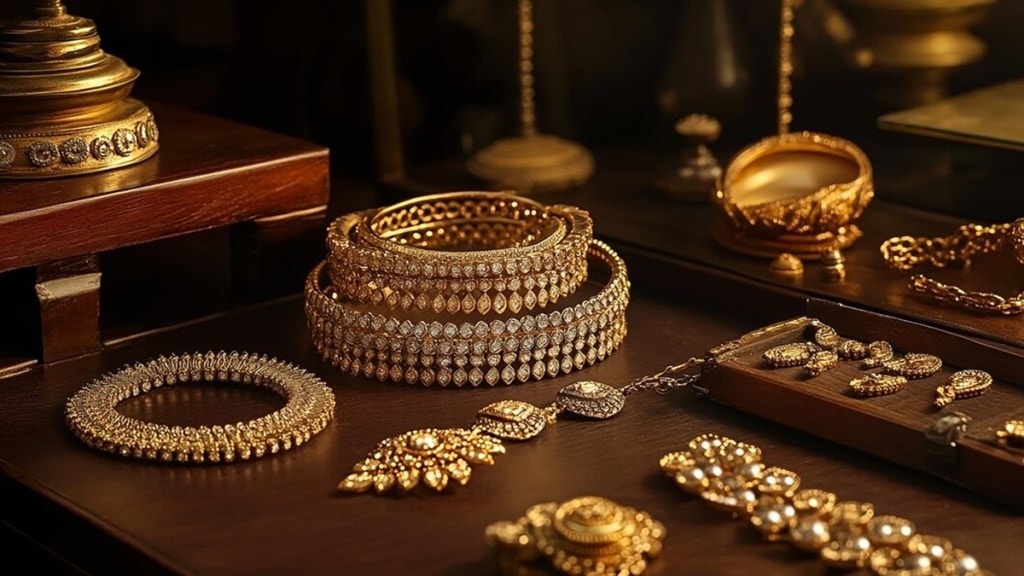It’s a double whammy for the gold jewellery industry. Already reeling under loss of demand due to high prices — 15.7% increase since January — the industry is now facing liquidity crunch due to margin calls from banks on their metal loans.
Almost one-fifth of the jewellery industry is dependent on gold metal loans from banks to manage liquidity and inventories. That is, they borrow gold bars from banks, make jewellery and pay back banks from sale proceeds. The difference between the purchase and sell price serves as a natural hedge.
Gold metal loan (GML) is a well-established practice, as it allows jewellers to borrow gold from banks for 180 days instead of making an outright purchase. The total market size of GML in India is estimated at 120 tonne.
Shekhar Bhandari, president, Kotak Bank, said, “Due to rising prices and slowdown in sales, jewellers are facing liquidity issues due to margin calls. However, this is a temporary issue, as once consumers come to terms with higher prices and demand comes back due to wedding and other festivities, things will improve.”
In the January-March quarter so far, the demand has been very less while gold prices are rising fast. As a result, banks/lenders have started asking jewellers to pay the difference of gold price at the time of borrowing and current prices.
At the same time, the lease rates have also doubled from 3-4% to over 6%. A source from one of the leading national jewellery chains said with the increase in lease rates and margin calls from bank, jewellers are wary about taking gold metal loans. Of late, the high leasing rates have also started putting pressure on jewellers’ margins, forcing them to look at other options to manage liquidity.
Chirag Sheth, principal consultant of London-headquartered bullion research firm Metal Focus, said, “Many large chain stores and organised jewellers depend on leased gold to maintain stocks. With banks beginning to seek the price difference in gold price after the loan taken as extra margins, jewellers are finding themselves short of liquidity. This may also impact their profitability.”
The key factor driving the surge in gold lease rates is the tight liquidity in the international bullion market due to record bullion shipments from London to the US. Additionally, rising interest rates in India and a weaker Indian rupee have made gold imports more expensive. In international markets, gold lease rates have moderated but the impact has not reached India yet.
Sheth added that small-and medium-level players will be far more circumspect now about using gold metal loan option after this surge in leasing rates.
With rising gold prices and volatile lease rates, Indian jewellers are seeing their traditional profit margins of 5-8% come under pressure. To navigate this challenging environment, jewellers are rethinking their financial strategies.
Sources said that jewellers dependent upon GML are considering hedging, renegotiating lease terms, and optimising inventory.
Rajiv Popley, director, Popley Group, said, “In current circumstances, the GML market is becoming non-viable. The businesses that are unable to secure better financial alternatives will continue with GML. But the main issues with GML are market volatility and frequent margin calls.”

